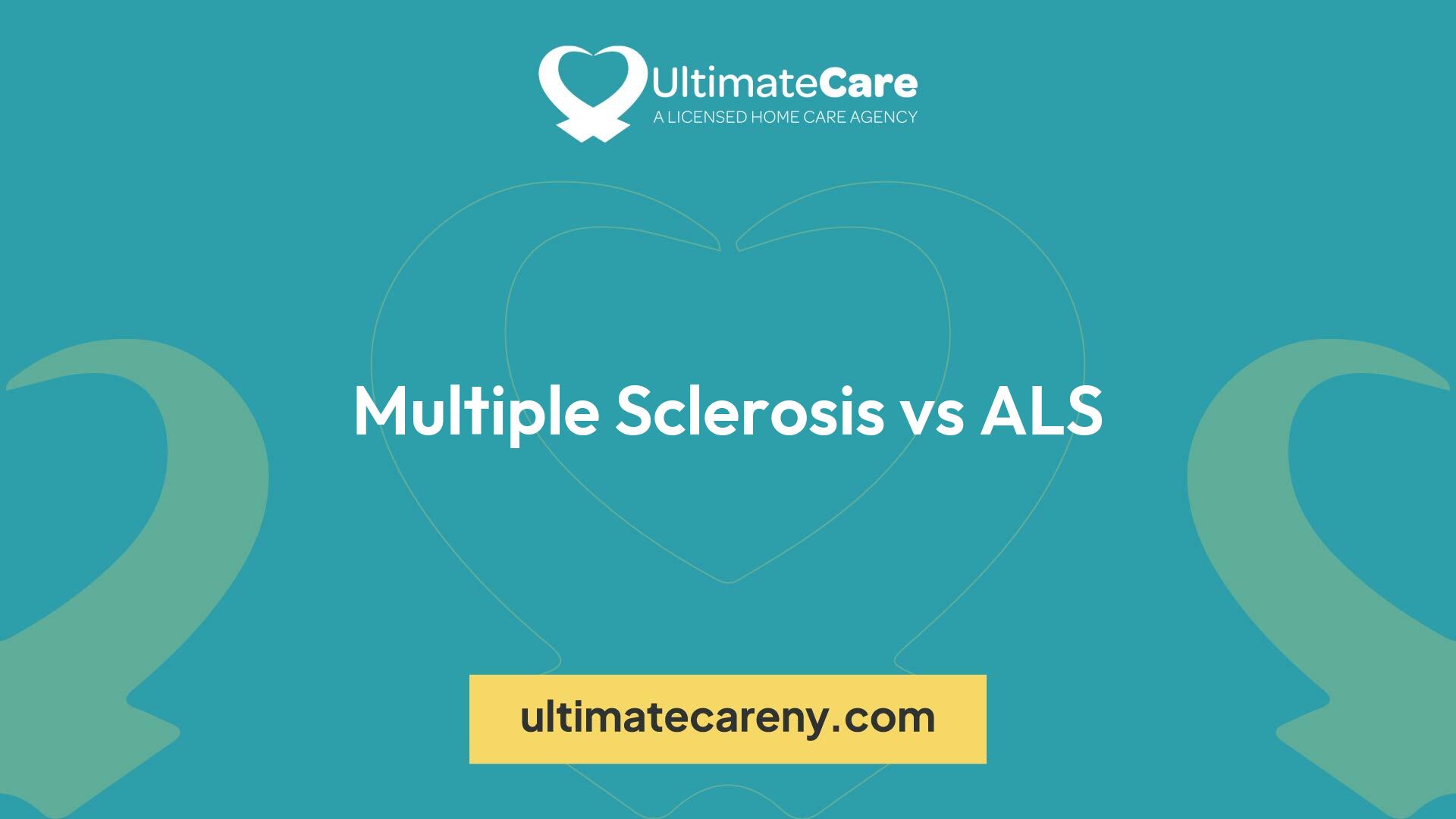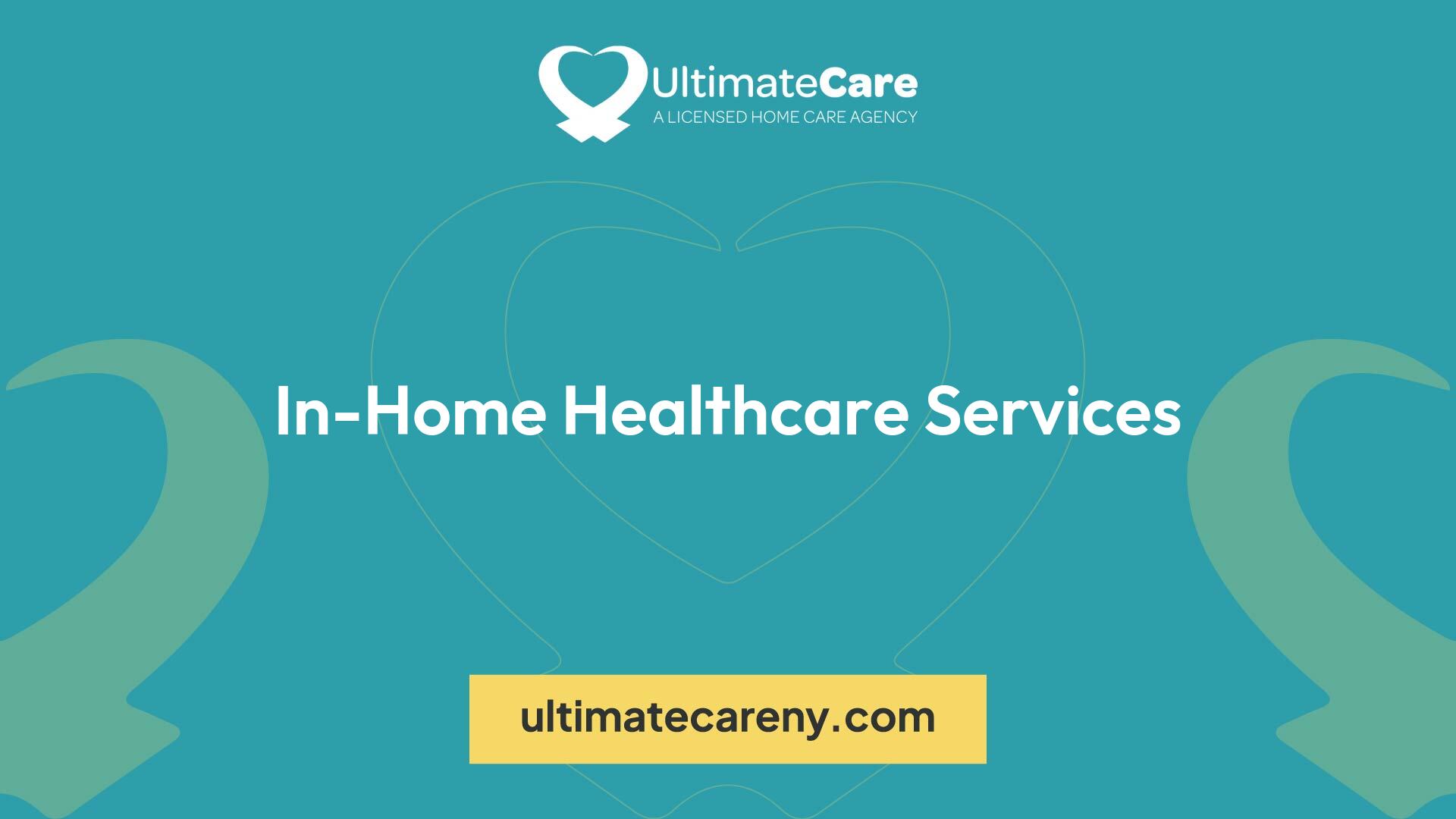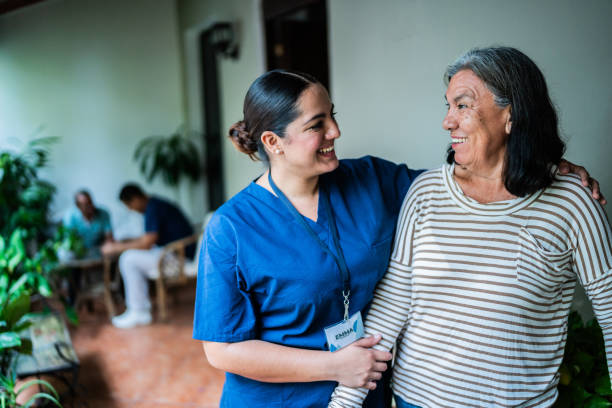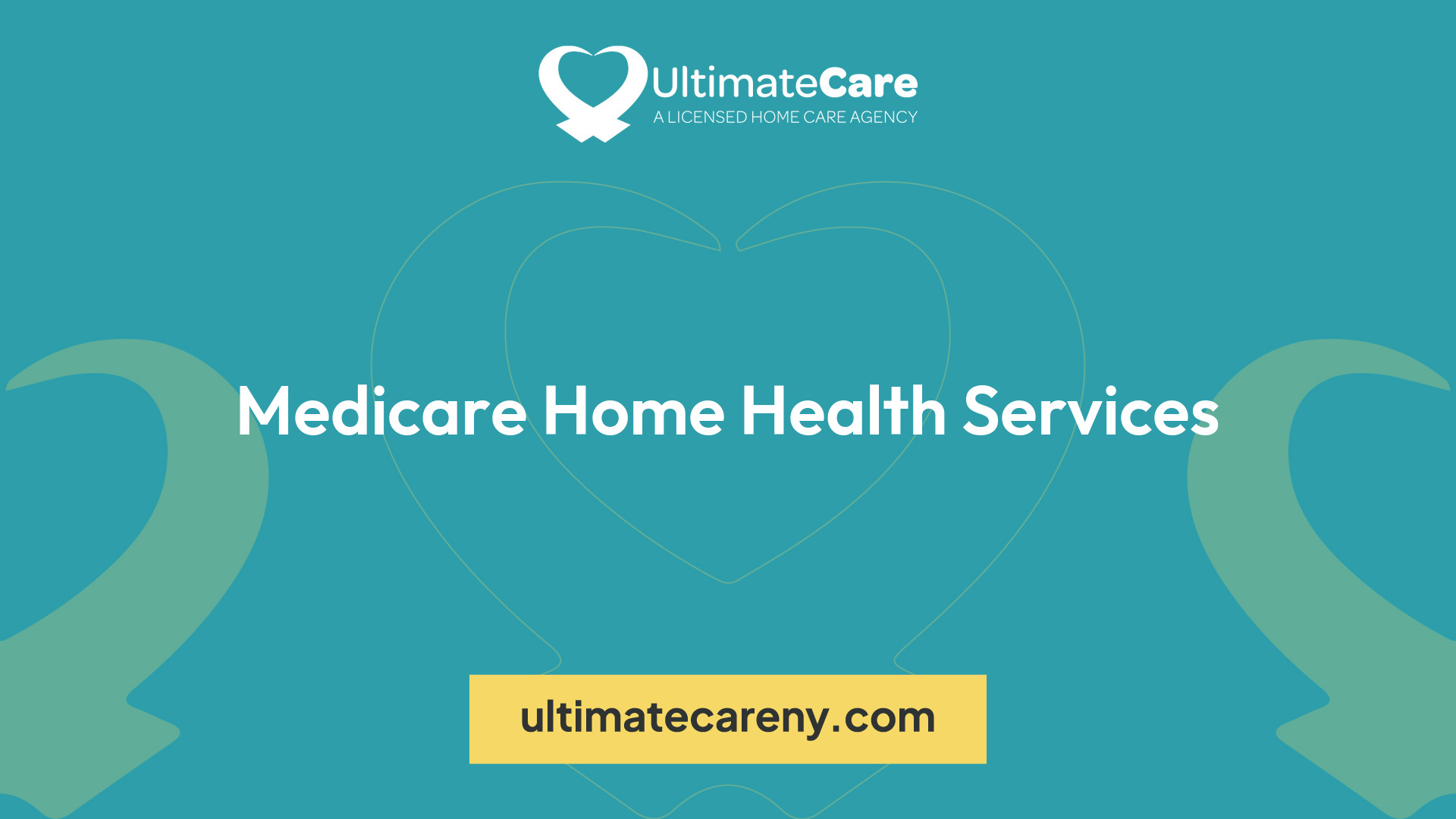Community Health Centers
Discover the impact and future of community health centers, addressing healthcare barriers and advocating for public well-being.
The information provided in this article is for educational purposes only. If you have medical questions or concerns, please contact a qualified health care professional.
Before beginning any new exercise program, it's essential to seek advice from your healthcare provider to ensure it's safe and appropriate for your individual health condition and fitness level.

Understanding Community Health Centers
Community Health Centers play a vital role in providing primary care services to underserved populations. These centers are designed to ensure that everyone, regardless of their ability to pay or access to health insurance, has access to comprehensive and affordable healthcare. In this section, we will explore the role of community health centers in providing primary care and their funding sources and structure.
Role in Providing Primary Care
Community Health Centers serve as the primary point of care for many individuals and families, particularly those who may face barriers to accessing healthcare services. They offer a wide range of services, including preventive care, treatment of acute and chronic conditions, dental care, mental health services, and more. By providing comprehensive care under one roof, community health centers promote continuity of care and help individuals manage their overall health and well-being.
These centers prioritize a patient-centered approach, focusing on preventive care and early intervention to address health issues before they become more serious. They aim to establish long-term relationships with their patients, ensuring that they receive ongoing care and support. Additionally, community health centers often collaborate with care coordination agencies to ensure that patients receive integrated and coordinated care across different healthcare settings.
Funding Sources and Structure
The funding for Community Health Centers comes from various sources to support their operations and provide affordable care to their patients. The primary form of federal funding for health centers is the Health Center Program, authorized under Section 330 of the Public Health Service Act. This program provides discretionary funding appropriated by Congress each year and mandatory funding from the Community Health Center Fund (CHCF) [1].
The Community Health Center Fund (CHCF) ensures stable, multi-year base grant funding for Section 330 grantees, providing approximately 70% of federal funding for health centers. In addition to federal funding, community health centers also receive reimbursements from Medicaid, Medicare, and private insurance for the services they provide. They may also receive state and local grants to support specific programs or initiatives.
The funding structure of community health centers allows them to offer affordable care to patients on a sliding fee scale, based on their income and ability to pay. This ensures that individuals and families with low incomes can access the care they need without facing financial barriers. The revenue generated from reimbursements and grants helps sustain the operations of community health centers and enables them to continue serving their communities.
Understanding the role and funding structure of community health centers is essential for recognizing their importance in providing primary care to underserved populations. These centers play a crucial role in promoting health equity and improving health outcomes for individuals and communities.
Impact of Community Health Centers

Community health centers play a vital role in providing accessible and comprehensive healthcare to diverse populations, including those with low incomes, people of color, Medicaid or CHIP enrollees, and the uninsured. Let's explore the impact of community health centers in terms of patient demographics, services offered, contributions to public health initiatives, and addressing social determinants of health.
Patient Demographics and Services Offered
Community health centers serve as a crucial healthcare safety net for millions of individuals across the United States. According to the Health Resources and Services Administration (HRSA), in 2023, more than 31 million people relied on HRSA-funded health centers for care, with about 90% of these patients having incomes at or below 200% of the federal poverty level. These centers ensure that healthcare services are accessible and affordable to those who may otherwise face barriers to care.
The services offered by community health centers are comprehensive and tailored to the needs of their patients. They provide primary care services, including preventive care, chronic disease management, vaccinations, and screenings. Many centers also offer dental, mental health, and substance use disorder services, as well as specialized care for women, children, and seniors. The goal is to provide a wide range of services under one roof, ensuring coordinated and holistic care.
Contributions to Public Health Initiatives
Community health centers play a significant role in advancing public health initiatives. They actively contribute to health promotion, disease prevention, and community outreach programs. These centers prioritize preventive care and work towards reducing health disparities among vulnerable populations.
Through their community engagement efforts, health centers raise awareness about important health issues and provide education on topics such as nutrition, exercise, and chronic disease management. They collaborate with local organizations, schools, and community leaders to address the unique healthcare needs of the communities they serve.
Addressing Social Determinants of Health
One of the distinguishing features of community health centers is their focus on addressing social determinants of health. These determinants, such as socioeconomic status, education, housing, and access to healthy food, significantly impact an individual's health outcomes.
Community health centers have been at the forefront of screening patients for unmet social and economic needs, striving to identify and address these factors that impact health. There has been a notable increase in screening rates from 2018 to 2024, with more centers recognizing the importance of addressing social needs [3]. They connect patients with resources and services such as affordable housing, food assistance programs, transportation assistance, and employment support. By integrating social services into their care models, community health centers aim to improve health outcomes and reduce health inequities.
Community health centers are an essential component of the healthcare system, providing comprehensive and patient-centered care to underserved populations. They continue to evolve, embracing telehealth services and innovative approaches to better meet the needs of their patients and communities. Through their commitment to accessible care, health promotion, and addressing social determinants of health, community health centers make a significant impact on the overall health and well-being of the populations they serve.
Evolution of Community Health Centers

Community health centers have a rich history that dates back to the Civil Rights Movement. These centers were established by visionary community activists and reform-minded physicians who believed in fighting poverty and empowering communities with health and opportunity. Today, health equity remains a top priority for our country, and community health centers play a vital role in achieving this goal [4].
Historical Background and Civil Rights Movement
The roots of community health centers can be traced back to the Civil Rights Movement in the United States. During this transformative period, there was a growing recognition that access to quality healthcare should be a fundamental right for all individuals, regardless of their race, socioeconomic status, or geographic location. The visionary activists and physicians who founded the earliest health centers believed that by providing accessible and affordable healthcare, they could fight poverty and address the disparities faced by marginalized communities.
These pioneers understood that health is intricately linked to social justice and equality. By establishing community health centers, they aimed to break down barriers and provide comprehensive healthcare services to underserved populations. This commitment to health equity and inclusivity continues to drive the mission of community health centers today.
Growth and Expansion Over Time
Since the inception of the first community health centers in 1965, the federally supported health center system has experienced significant growth and expansion. Today, there are over 1,400 community health center organizations throughout the United States, serving as a vital source of healthcare for millions of individuals.
The expansion of community health centers has been driven by the recognition that these centers provide an essential healthcare option for underserved populations. Regardless of an individual's ability to pay, community health centers offer comprehensive primary care services, including medical, dental, and behavioral health, as well as preventive care and supportive services.
The impact of community health centers is remarkable. According to the National Association of Community Health Centers (NACHC), these centers provide care to 31.5 million people, ensuring that everyone has access to high-quality healthcare, regardless of their financial circumstances. Health centers operate in every state, U.S. territory, and the District of Columbia, reaffirming their commitment to serving diverse communities across the nation.
The growth and expansion of community health centers have been supported by both federal funding and the dedication of healthcare professionals and community advocates. In 2009, the American Recovery and Reinvestment Act provided an additional $2 billion to expand the operations and establish new community health centers. This investment helped millions of additional patients receive care, highlighting the continued demand for community health services in the United States.
As community health centers evolve and adapt to meet the changing needs of their communities, they continue to be at the forefront of providing comprehensive and equitable healthcare for all. These centers are driven by a patient-centered approach and a commitment to addressing the social determinants of health, making them a vital component of the healthcare system in the United States.
Challenges Faced by Community Health Centers
Despite their vital role in providing primary care and serving underserved communities, community health centers face several challenges that impact their ability to deliver quality healthcare. Two significant challenges include workforce shortages and access to care, as well as financial barriers and funding concerns.
Workforce Shortages and Access to Care
Workforce shortages pose a significant barrier to providing timely access to care at community health centers. These shortages affect various healthcare professions, including physicians, nurses, mental health providers, and advanced care practitioners. According to a report by the Commonwealth Fund, these shortages have increased significantly from 2018 to 2024 and have worsened over time, with no significant differences by geography in 2024.
The lack of an adequate healthcare workforce hinders community health centers' ability to meet the growing demand for services, particularly in underserved areas. It can lead to longer wait times for appointments, reduced patient-provider continuity, and limited access to specialized care. These challenges disproportionately affect vulnerable populations, including individuals with disabilities and those from low-income communities who rely heavily on community health centers for their healthcare needs.
To address workforce shortages, community health centers explore various strategies, such as recruitment efforts, partnerships with educational institutions, and the utilization of telehealth technologies to extend care to remote areas. However, sustained efforts and investments are required to attract and retain healthcare professionals in these settings.
Financial Barriers and Funding Concerns
Community health centers heavily rely on federal funding, grants, and reimbursements from public and private insurance programs to sustain their operations. However, financial barriers and funding concerns persist, limiting the ability of these centers to provide comprehensive care to all patients.
Community health centers often serve a high proportion of uninsured or underinsured individuals, placing a strain on their financial resources. The reimbursement rates from public insurance programs, such as Medicaid, may not adequately cover the costs of providing care, leading to financial challenges.
Additionally, the funding landscape for community health centers can be unpredictable, as it depends on political and budgetary decisions made at the federal and state levels. Uncertainty surrounding the availability and stability of funding creates challenges in long-term planning and the ability to expand services to meet the needs of the community.
To overcome financial barriers, community health centers engage in advocacy efforts to secure sustainable funding and explore alternative revenue sources, such as grants from foundations and collaborations with other healthcare organizations. However, ensuring adequate and stable funding remains a critical concern for the future sustainability of these centers.
Despite these challenges, community health centers continue to play a vital role in delivering primary care and addressing the healthcare needs of underserved populations. Collaborative efforts between government agencies, healthcare organizations, and policymakers are necessary to address these challenges and support the important work of community health centers in promoting equitable access to healthcare.
Future of Community Health Centers
As community health centers (CHCs) continue to play a vital role in delivering primary care to underserved populations, they face new challenges and opportunities in the ever-evolving healthcare landscape. Looking ahead, the future of community health centers is shaped by advancements in technology, particularly telehealth, and the need for sustained advocacy and funding.
Telehealth and Technological Advancements
Community health centers have been increasingly utilizing telehealth services, especially in recent years. The COVID-19 pandemic further accelerated the adoption of virtual visits, with a surge from nearly 480,000 virtual visits in 2019 to 28.5 million in 2020, marking a 6,000% increase during the public health emergency [6]. Telehealth has proven to be a valuable tool in bridging the gap between rural and urban areas, improving access to care for patients who may face transportation barriers or reside in remote locations.
The benefits of telehealth in community health centers include increased convenience, reduced travel time and costs for patients, and improved care coordination. Telehealth allows for remote consultations, monitoring of chronic conditions, and even mental health services, expanding the reach of community health centers and enhancing patient outcomes. However, financial challenges and reimbursement for telehealth visits remain concerns that need to be addressed to ensure the long-term sustainability of telehealth services in community health centers.
Advocacy and Funding Sustainability
Advocacy plays a crucial role in securing the future of community health centers. As essential providers of comprehensive primary health care, specialty care, dental and mental health services, community health centers need continued support and recognition from policymakers and stakeholders. Advocacy efforts should focus on increasing funding to sustain and expand services, addressing workforce shortages, and advocating for policies that promote health equity and access to care.
Community health centers have consistently demonstrated their value, not only in terms of quality care but also in cost savings for the overall healthcare system. Studies estimate that community health centers save the U.S. healthcare system between $9.9 billion and $24 billion annually by eliminating unnecessary emergency room visits and other hospital-based care [5]. Highlighting these cost-saving benefits and the positive impact on patient outcomes is essential for securing ongoing funding and support.
To ensure the future sustainability of community health centers, it is crucial to advocate for policies that address financial barriers, promote equitable access to care, and support the comprehensive range of services they provide. By advocating for increased funding and sustainable reimbursement models, community health centers can continue to serve as pillars of primary care, addressing the needs of underserved populations and contributing to improved health outcomes.
The future of community health centers lies in embracing technological advancements like telehealth while advocating for their continued funding and sustainability. By leveraging these opportunities and addressing the challenges ahead, community health centers can remain resilient and continue to fulfill their vital role in providing accessible and comprehensive healthcare services to the communities they serve.
References
[2]:
[3]:
[4]:
[5]:
[6]:





































































































